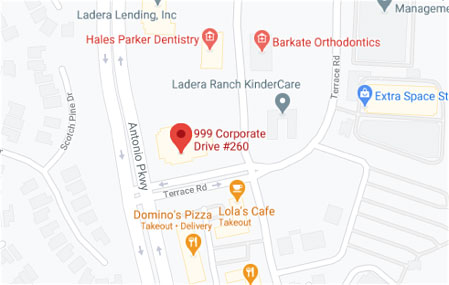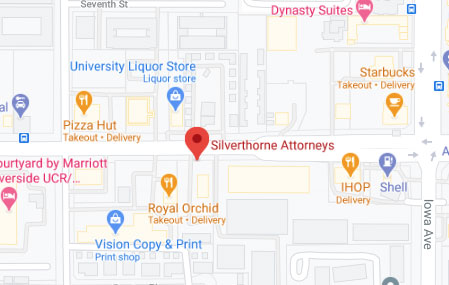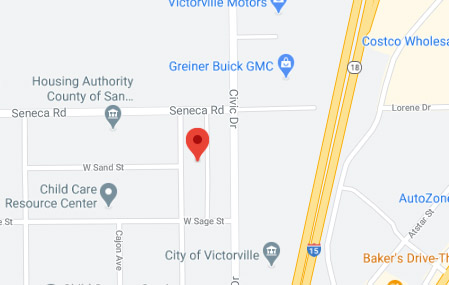
The problem of driver fatigue is a serious one in the United States. Driver fatigue, also known as drowsy driving, can lead to catastrophic injuries. According to the Centers for Disease Control, over 6,000 car accidents happen every year as a result of driver fatigue and drowsy driving. While there are several reasons why someone may drive while fatigued, the result can be the same: a tragic car accident that leads to severe injuries or death.
Reasons for Driver Fatigue
Being fatigued and drowsy will affect someone’s ability to drive safely, even if they do not fall asleep at the wheel. Some of the most common reasons for driving drowsy or driver fatigue include working long hours, shift work (working in the late evening and early morning hours and sleeping during the day), taking certain medications, being under the influence of alcohol or drugs, or like 70 million Americans, have an underlying sleep disorder.
What Fatigue Does to the Body
While fatigue clearly makes someone sleepy, it presents many other consequences, especially when operating a motor vehicle. For example, fatigue will slow reactions times. If you are driving a vehicle while fatigued and you have to swerve to avoid a deer in the road, or brake suddenly due to the vehicle in front of you stopping suddenly, you will have a slower reaction time and a great propensity to cause an accident. Additionally, fatigue dramatically affects your ability to make good decisions.
Driver Fatigue Statistics
To understand the gravity of how often driver fatigue impacts car accidents, injuries, and deaths, it is important to highlight some driver fatigue statistics in the United States:
- 1 in 25 adult drivers have admitted to falling asleep while driving in the last 30 days.
- According to the National Highway Traffic Safety Administration, 72,000 car accidents, 44,000 injuries, and up to 6,000 fatal car accidents yearly are due to driver fatigue.
- Those who sleep 6 or fewer hours per day, or those who snored, were more likely to report falling asleep while driving.
- If you are without sleep for over 20 hours, it can be just like driving with a blood-alcohol concentration level of 0.08%, which is the same as the limit for driving while intoxicated.
- You are three times as likely to be involved in a car accident if you are fatigued.
Some drivers may also experience something known as micro-sleep. These are involuntary, short periods of inattention that last 4 or 5 seconds. However, while traveling at highway speeds, this means a vehicle could travel up to the length of a football field while a driver is having an episode of micro-sleep.
Truck Drivers and Driver Fatigue
Driver fatigue is one of the leading reasons that truck accidents occur on the roadways. Almost 13 percent of all trucking accidents are due to driver error, which oftentimes is a result of driver fatigue. Truck drivers are encouraged to work long hours and may feel pressure to forego sleep. With such a large vehicle on the roadway, driver fatigue of a truck driver could easily result in an accident.
The necessity for high-volume shipments creates a sense of urgency among truck drivers, which may cause them to skip their required and necessary rest breaks, resulting in driver fatigue. One-fourth of all truck drivers have admitted to falling asleep at the wheel at least once in the last month. While any driver can suffer from fatigue and drowsiness, when truck drivers fall asleep at the wheel or drive with fatigue, one mistake can be fatal.
Warning Signs of Driver Fatigue
Fatigue and drowsiness can overtake a person quickly, and it is important to act right away. In order to prevent falling asleep at the wheel, or drowsy driving, learn the warning signs so that you can pull over your vehicle and get some rest, or not drive in the first place.
- Blinking and yawning frequently
- Inability to recollect or remember the last few miles of driving
- Missing your exit or street
- Drifting into another lane, or swerving
- Hitting a rumble strip on either side of the road indicating that you have swerved too far from your lane.
- Becoming impatient or irritable, and more susceptible to road rage and poor decision making
- Fatigue and drowsiness can overtake a person quickly, and it is important to act right away.
It is important to note that opening the windows, drinking coffee, drinking energy drinks with caffeine, or turning up the radio will not keep you alert and cure driver fatigue. Once you have driver fatigue, you should pull over and stop driving, or allow someone else to take the wheel.
Prevent Driver Fatigue
The best ways to prevent driver fatigue are listed below. Knowing how to prevent drowsy driving can save your life and the lives of those around you.
- Adults need 7 hours of sleep a day and teenagers need at least 8 hours of sleep.
- Keeping to a sleep schedule can develop good sleeping habits to prevent driver fatigue.
- If you suffer from a sleep disorder or have symptoms such as snoring or feeling sleeping throughout the day, consult your doctor or medical professional about the possibility of a sleep disorder.
- Always avoid drinking alcohol or taking medications that may make you sleepy. One tip is to check the medication label to see if it causes drowsiness.
- You can employ newer safety technology such as drowsiness alert or lane departure warnings, which warn a driver that they are too drowsy to drive or that they are veering from their lane.
Contact an Experienced Car Accident Attorney
If you were involved in a car accident that involved a fatigued driver, you may have a right to receive compensation for your injuries. Driving with fatigue is negligent and can cause serious accidents that result in severe injuries. Contact the experienced car accident attorneys at Silverthorne Attorneys today at (949) 234-6034 or online for a complimentary consultation of your case.












